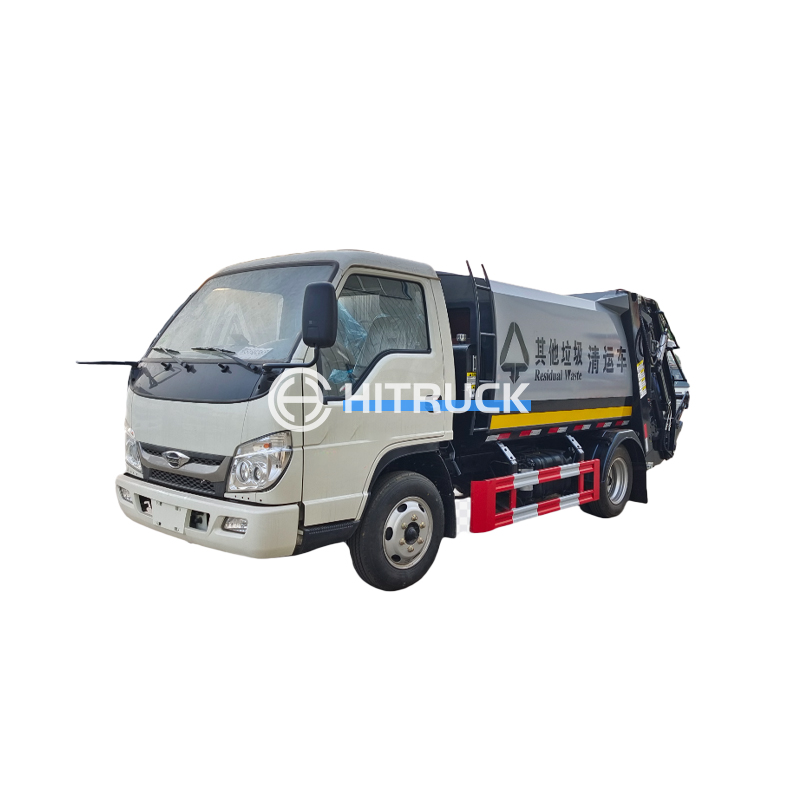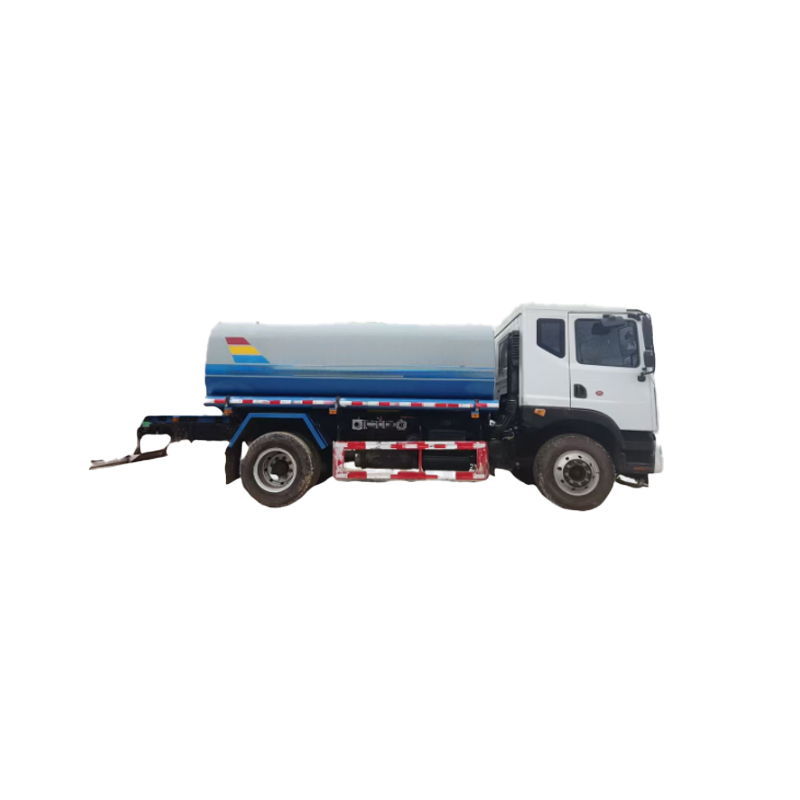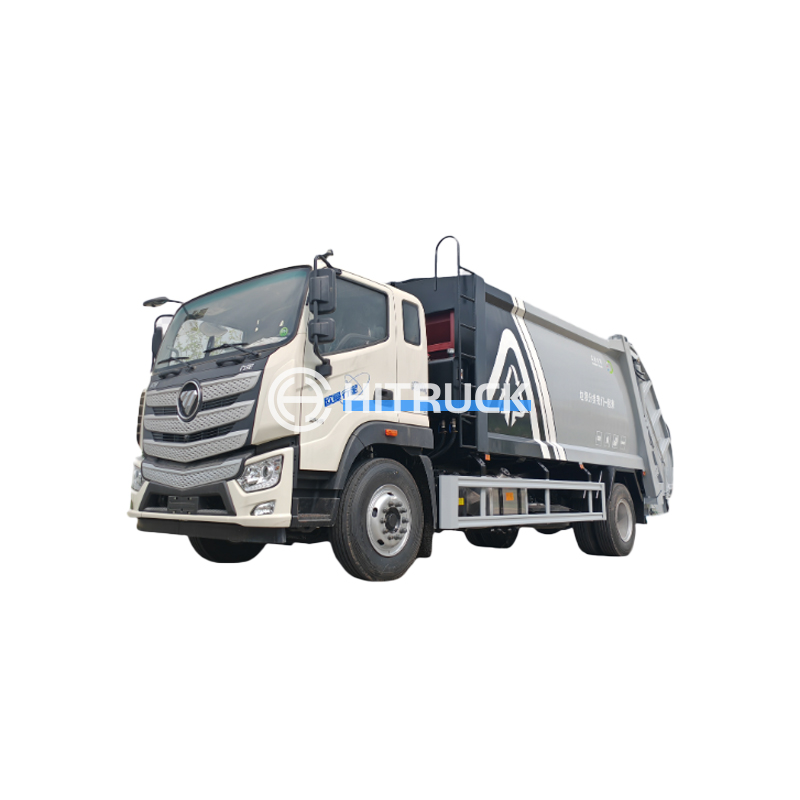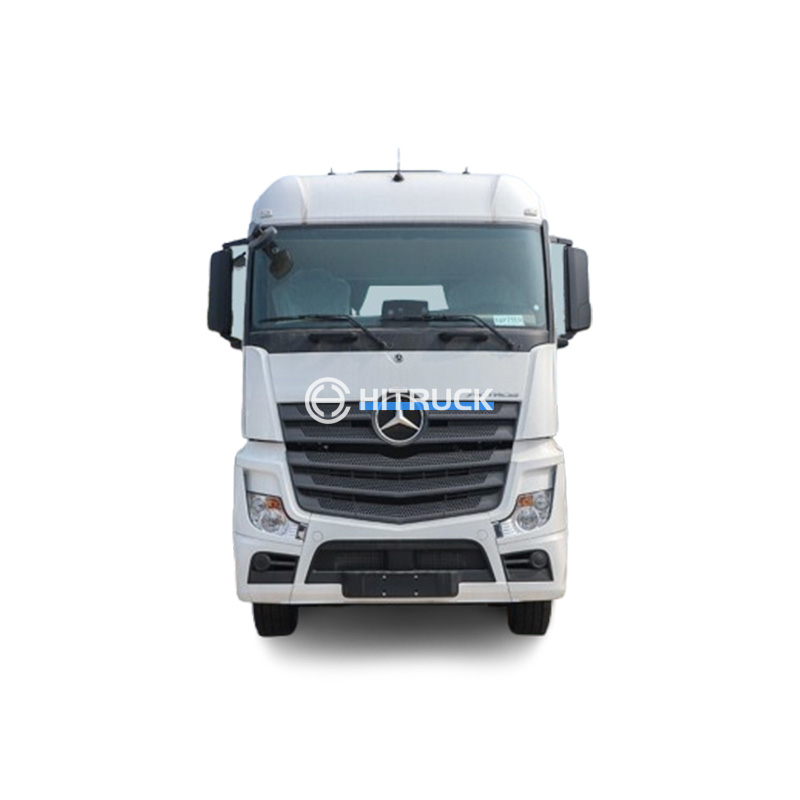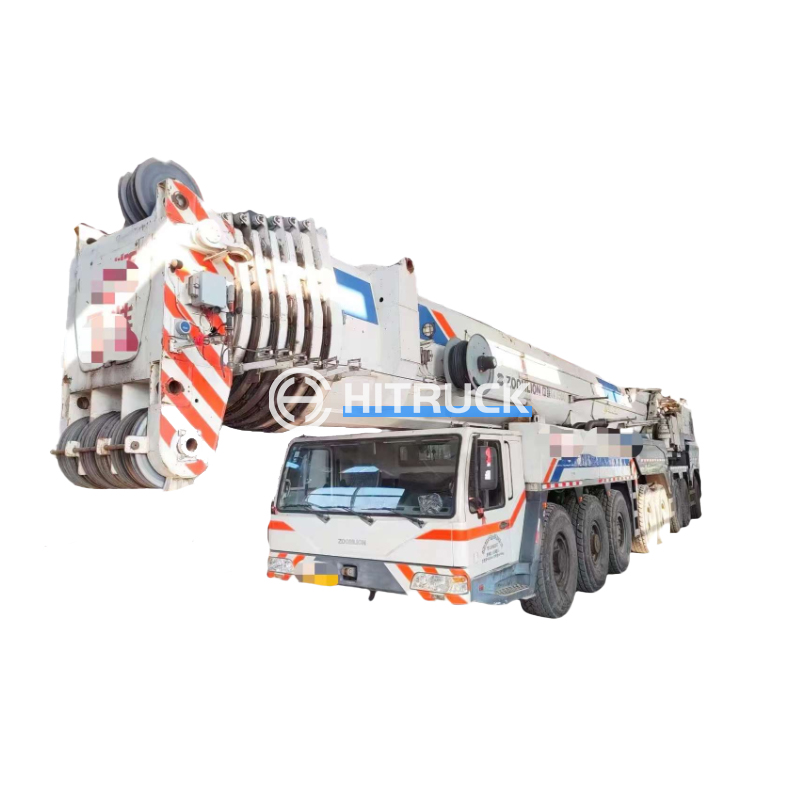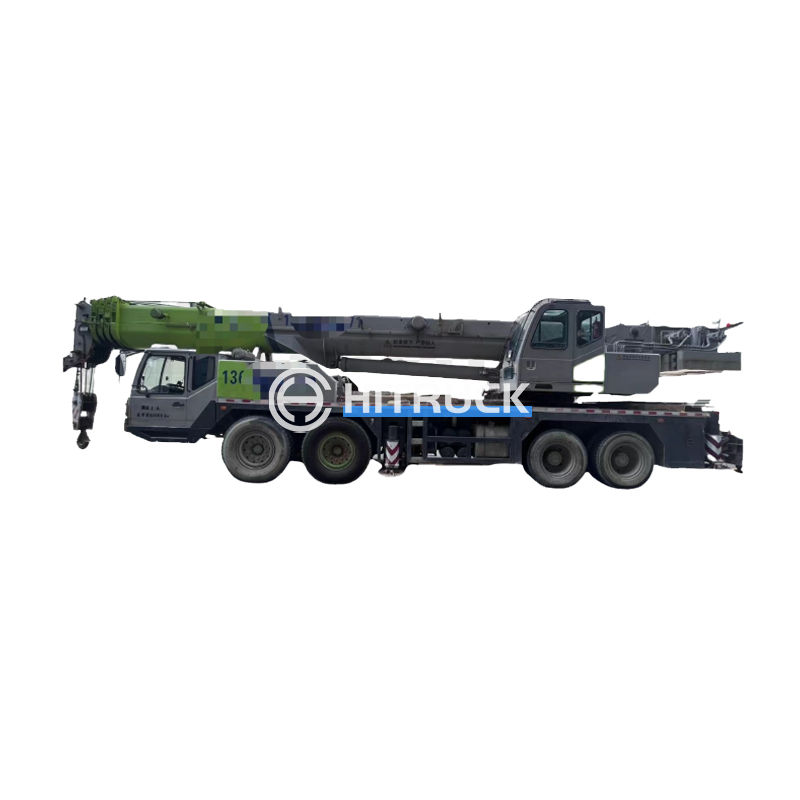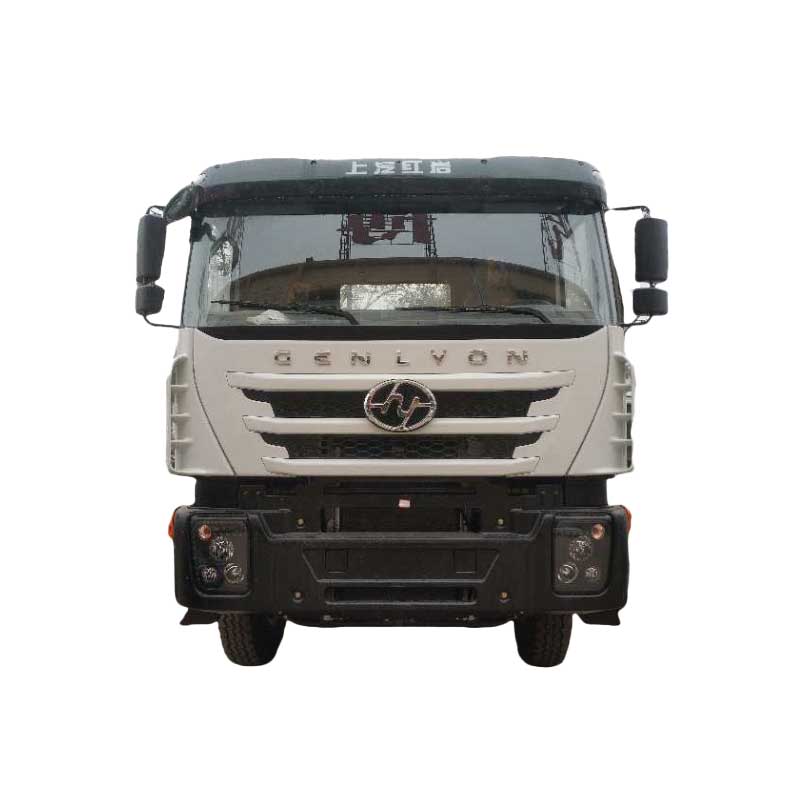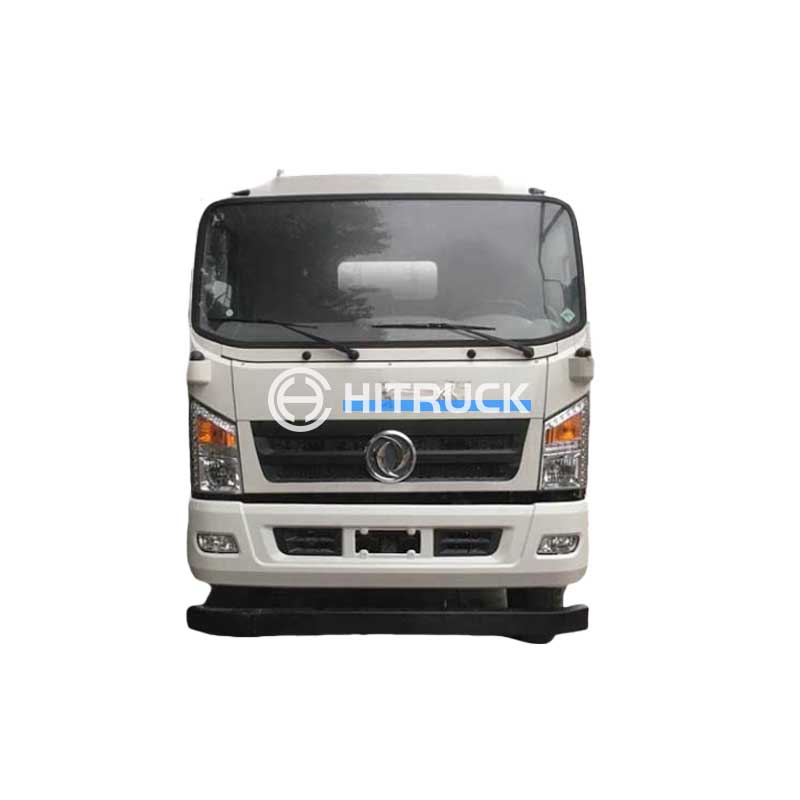This guide provides a detailed overview of the various types of cranes, covering their applications, functionalities, and key differences. We'll explore the diverse world of lifting equipment, from the ubiquitous tower crane to the specialized capabilities of crawler cranes and more. Learn how to choose the right crane for your specific project needs by understanding their unique characteristics and limitations. Whether you're in construction, manufacturing, or any industry requiring heavy lifting, this comprehensive guide will equip you with the knowledge to make informed decisions.
Tower cranes are a common sight on construction sites. They are tall, freestanding structures with a horizontal jib (boom) that can rotate 360 degrees. They are ideal for lifting heavy loads to significant heights, making them essential for high-rise building projects. Different types of tower cranes exist, classified by their design and assembly method (e.g., top-slewing, luffing jib, hammerhead).
Mobile cranes offer versatility and maneuverability. They are self-propelled and can be easily transported to different locations. Common types include:
Crawler cranes are powerful machines known for their stability and ability to handle extremely heavy loads. They use tracks (like a tank) for mobility, providing excellent traction on soft ground or uneven terrain. They are frequently used in large-scale construction, heavy lifting projects, and industrial settings.
Overhead cranes (or bridge cranes) are used in factories and warehouses for moving materials within a building. They run along an overhead track system, enabling efficient movement of heavy loads. Variations include single-girder and double-girder overhead cranes.
Beyond the major categories, other specialized types of cranes exist, each designed for specific applications:
Selecting the appropriate crane depends on several factors, including:
Crane operation requires strict adherence to safety procedures. Proper training, regular inspections, and maintenance are crucial to prevent accidents. Always consult with qualified professionals to ensure the safe and efficient use of types of cranes.
For more information on heavy-duty vehicles and equipment, visit Suizhou Haicang Automobile sales Co., LTD.

